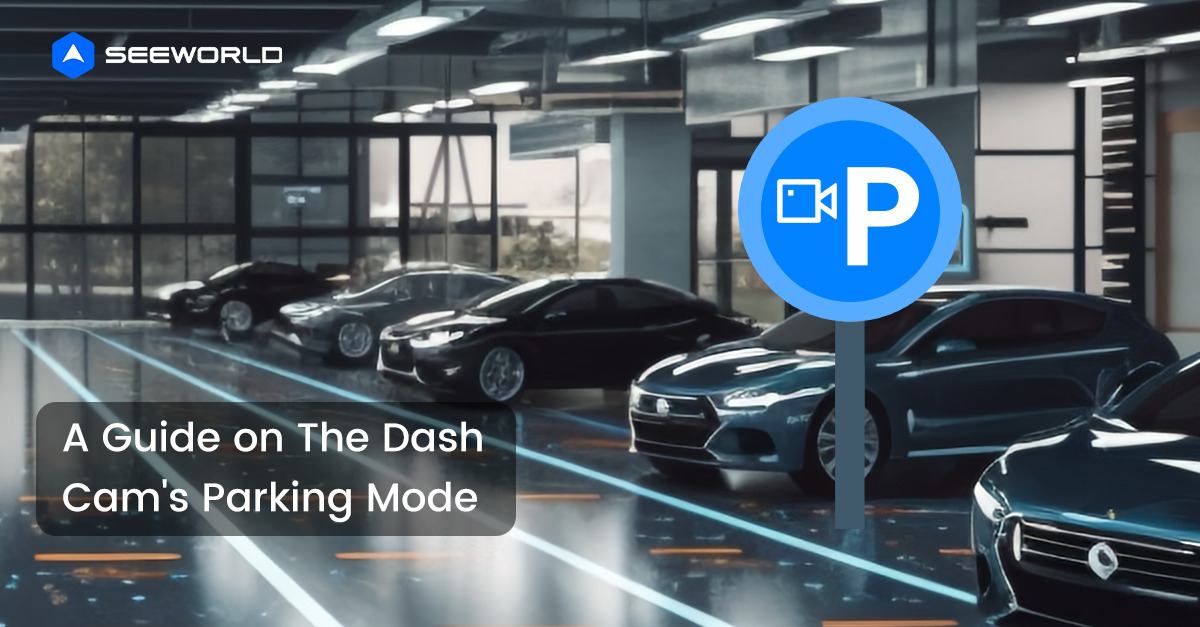It is challenging to manage a fleet of drivers, especially when they are on the road and direct supervision isn’t possible. Even with tools like fleet dash cams and telematics systems, which provide data on speed and location, there are limitations in monitoring fleet driver behavior. This is a concern because poor driving not only affects the fleet’s reputation but also impacts revenue.
To address this, it is suggested to implement a driver safety incentive program because:
- Improves Driver Behavior: By offering incentives for safer driving, drivers are encouraged to make better choices on the road, leading to a reduction in incidents and improved safety records.
- Boosts Driver Retention: High turnover rates in driving fleets can be costly. In 2022, the driver turnover rate was 22.5%, with each driver replacement costing around $9,748. Incentive programs can increase driver satisfaction and engagement, making them more likely to stay with the company, thus saving on turnover costs.
- Supports Training and Culture: Reward programs can reinforce training initiatives and contribute to a positive fleet culture. They promote good driving habits and a focus on safety, which can lead to long-term behavioral changes among drivers.
8 Most Common Incentives to Create a Better Driver Reward Program
- Monetary Rewards: Include cash bonuses, salary raises, gift cards, referral bonuses, profit sharing, and bonus checks.
- Non-Monetary Rewards: Feature extra time off, equipment upgrades, special privileges, and awards for spouses of truck drivers.
- Public Recognition Incentive Programs: Comprise formal recognition (certificates, plaques), informal recognition (thank-you notes), social recognition on platforms, and points-based incentives.
- Health and Wellness Programs: Offer health and wellness reimbursements, travel incentives, and club memberships.
- Professional Development Incentive Program: Provide professional development opportunities and tuition reimbursement.
- Work-Life Balance Incentives: Include special privileges like flexible hours, childcare subsidies, and paid time off.
- Exclusive and Fun Rewards: Consist of VIP experiences, team-building activities, company swag, and electronics/home goods.
- Personalized Reward Selection: Allow drivers to choose their rewards, offering a diverse selection and tailoring options based on feedback.
What Are the Benefits of Using a Driver Reward Program?
Driver incentive programs, aimed at promoting safe and productive driving behaviors, bring numerous benefits:
- Reduced Accidents and Safer Roadways: By encouraging safe driving habits, these programs contribute to fewer accidents, enhancing road safety for everyone.
- Lower Insurance Premiums: Safe driving records can lead to reduced insurance costs for the fleet, as insurers often offer lower premiums for lower-risk profiles.
- Reduced Operating Costs: Safe driving practices can decrease wear and tear on vehicles and reduce fuel consumption, leading to lower overall operating costs.
- Increased Productivity: When drivers and vehicles operate more efficiently and safely, it results in increased productivity, optimizing fleet operations.
- Improved Driver Motivation, Morale, and Retention: Recognizing and rewarding good driving behavior boosts drivers’ morale and motivation, leading to higher retention rates. Happy drivers are more likely to stay with a company, reducing turnover and associated training costs.
How to Create a Driver Reward Program? [Step-by-Step Guide]
To effectively set up and run a successful driver incentive program, you can follow these steps:
- Develop Clear Goals: Start by identifying your objectives, such as improving safety, boosting productivity, or enhancing customer service. Set specific, measurable targets to shape your incentive program.
- Choose the Right Rewards: Select rewards that align with your goals and appeal to your team. Mix monetary incentives with recognition and experience-based rewards for broader appeal.
- Communicate Expectations Clearly: Ensure drivers understand the criteria for earning rewards. Clear, transparent communication about the program’s rules promotes fairness and understanding.
- Utilize Proper Technology: Implement technology solutions, like performance monitoring software or communication apps, to manage the program efficiently.
- Incorporate Gamification: Add elements of fun and competition to make the program more engaging. Gamification can make goal achievement more enjoyable and motivating.
- Provide Performance Visibility: Give drivers access to their performance data, helping them track their progress and understand what’s needed to earn rewards.
- Share Successes Promptly: Deliver positive feedback and rewards soon after achievements. Timely recognition, especially for safety accomplishments, underscores their importance and motivates continued excellence.
- Regularly Review and Adjust the Program: Continuously evaluate the program’s effectiveness. Be open to modifying rewards, goals, or performance metrics based on feedback and results.
- Gather Feedback: Regularly ask drivers for their input on the program. Their perspectives can offer valuable insights for making the program more effective and engaging.
How to Track Your Driver’s Performance?
To effectively track driver performance, especially for implementing a fleet driver bonus program, you need to utilize a combination of technology and tools.
These tools not only facilitate monitoring but also enhance the accuracy and efficiency of the performance assessment process.
Here’s a breakdown of the essential tools and technology:
Fleet Management Software
Purpose: Serves as a central platform for monitoring various performance metrics like fuel usage, maintenance schedules, and route efficiency.
Key Features to Look For: Integration capability with other systems, user-friendly interface, comprehensive data collection, and analysis functionalities.
GPS Tracking Devices
Purpose: Provides real-time location tracking and route efficiency analysis. Essential for ensuring adherence to efficient routes and optimal speed.
Maintenance Tips: Regular updates and calibration are necessary for accurate tracking.
Dash Cams
Purpose: Offers visual documentation of driving practices and on-road incidents.
Preferred Features: Cameras with both front-facing and driver-facing lenses for a complete view of road conditions and driver reactions.
Maintenance Tips: dash cams require periodic cleaning to maintain clarity and functionality.
Mobile Apps
Purpose: Facilitates easy reporting of issues, tracking of hours, and maintaining communication between drivers and fleet managers.
Selection Criteria: Compatibility with various smartphone models and an intuitive user interface.
For businesses interested in developing custom solutions, exploring resources like comprehensive guides to fleet management software engineering can be beneficial.
These resources can offer insights into the latest technological trends and best practices in the field, helping you make informed decisions about your fleet management technology infrastructure.



